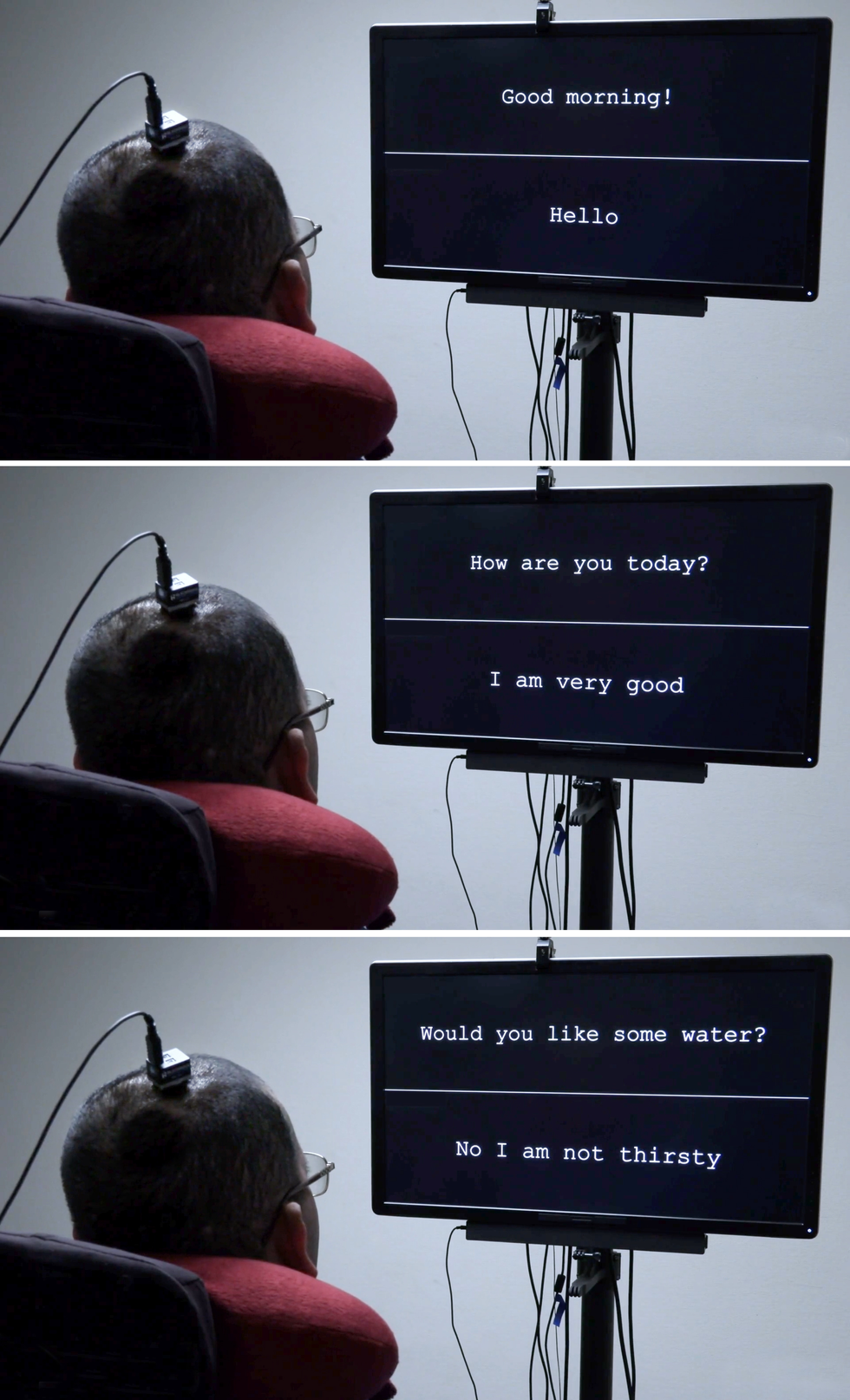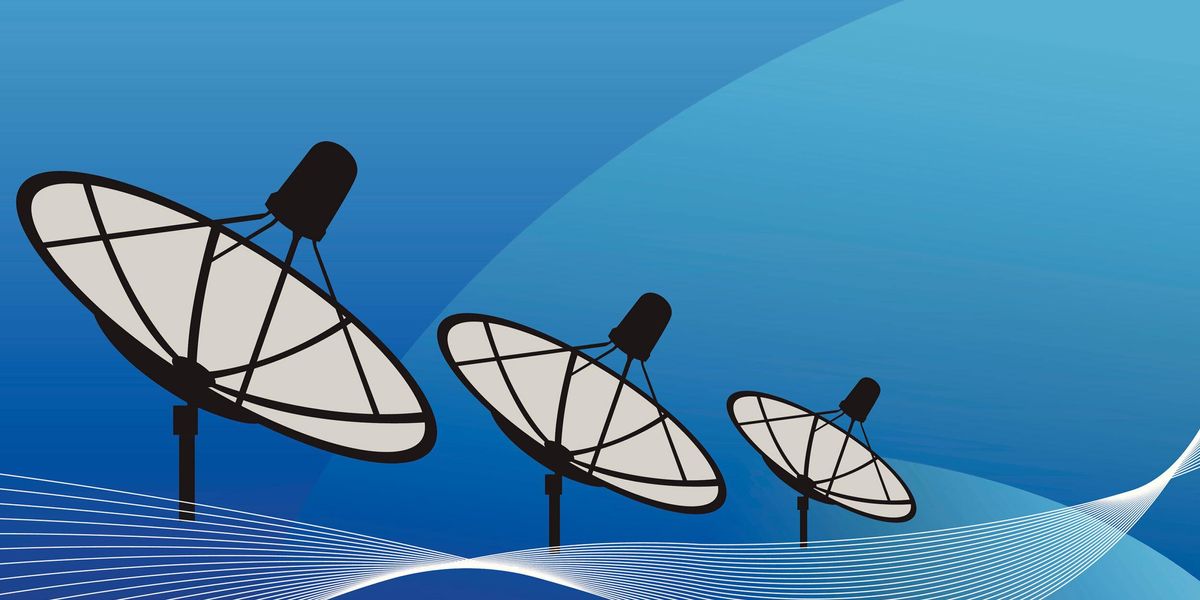IEEE’s Microwave Society Gets a New Name
In
our pilot examine, we draped a skinny, versatile electrode array around the surface of the volunteer’s brain. The electrodes recorded neural signals and despatched them to a speech decoder, which translated the signals into the phrases the man meant to say. It was the to start with time a paralyzed particular person who could not speak experienced applied neurotechnology to broadcast total words—not just letters—from the brain.
That demo was the fruits of additional than a 10 years of investigation on the underlying brain mechanisms that govern speech, and we’re enormously proud of what we have completed so significantly. But we’re just finding started.
My lab at UCSF is doing work with colleagues all around the planet to make this technologies safe, secure, and reputable more than enough for day to day use at home. We’re also performing to boost the system’s functionality so it will be truly worth the energy.
How neuroprosthetics do the job
 The 1st variation of the brain-computer system interface gave the volunteer a vocabulary of 50 practical phrases. University of California, San Francisco
The 1st variation of the brain-computer system interface gave the volunteer a vocabulary of 50 practical phrases. University of California, San Francisco
Neuroprosthetics have arrive a prolonged way in the previous two a long time. Prosthetic implants for listening to have state-of-the-art the furthest, with patterns that interface with the
cochlear nerve of the inner ear or immediately into the auditory mind stem. There is also significant investigate on retinal and brain implants for vision, as very well as initiatives to give men and women with prosthetic palms a perception of



